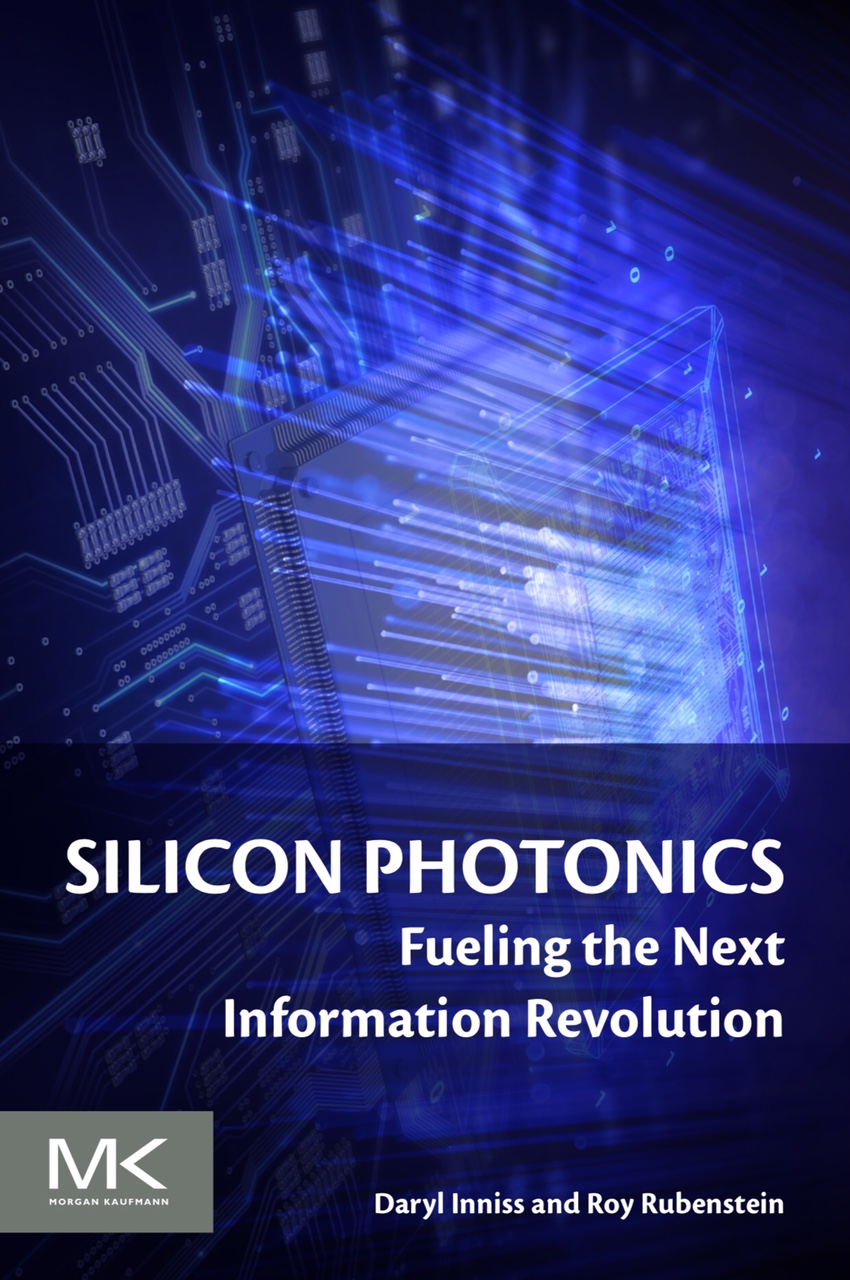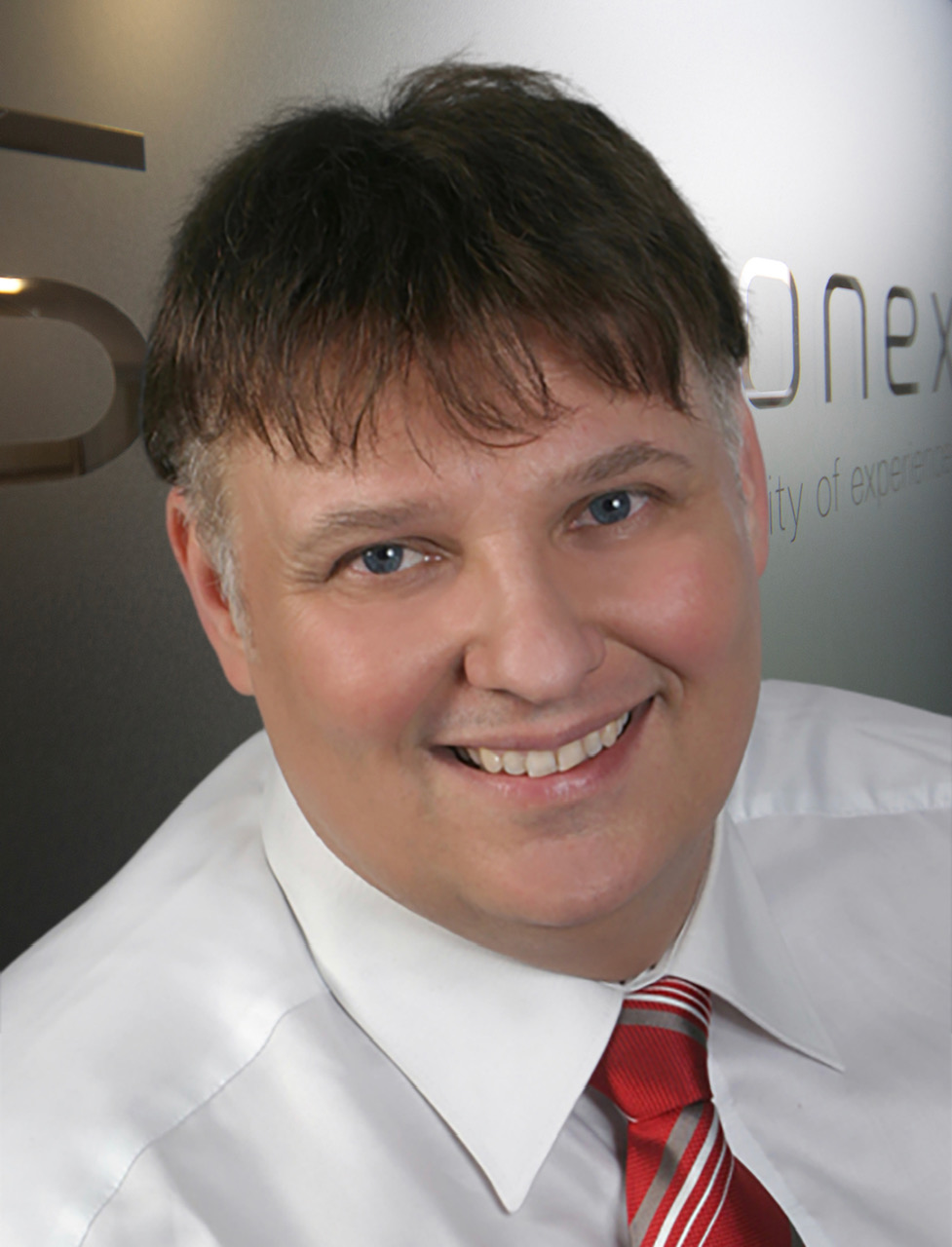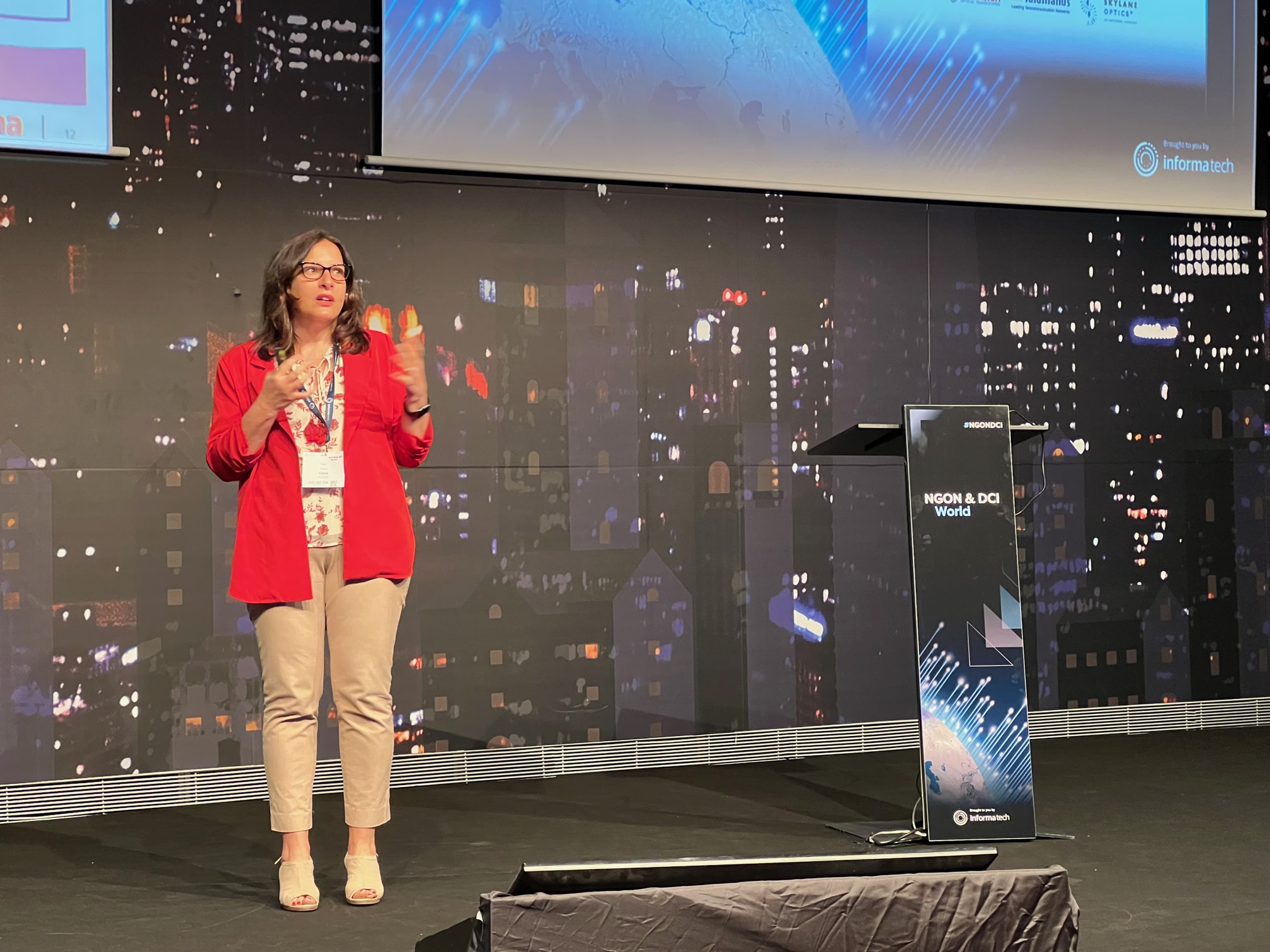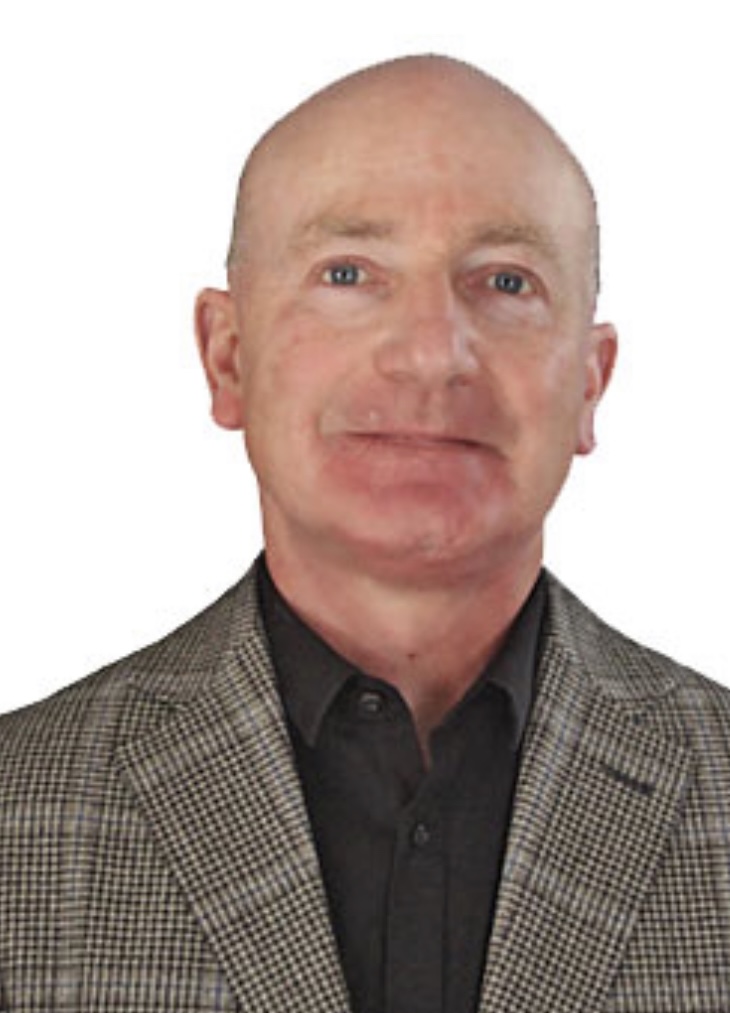The significance of 6G
 Wednesday, August 17, 2022 at 4:57PM
Wednesday, August 17, 2022 at 4:57PM Henning Schulzrinne is known for speaking his mind.
A professor at the Department of Computer Science and the Department of Electrical Engineering at Columbia University, he previously expressed concern regarding what he saw as excessive hype surrounding 5G.
More recently, he has written about 6G, placing the emerging wireless standard in the broader context of societal needs.

"Research, particularly academic research, should be driven by the urgent needs of society, not just supplying patent-protected 'moats' against the competition, whether between companies or nations," he wrote in an introduction to the book, Shaping Future 6G Networks.
Schulzrinne stresses he is not working on 6G standards but has taken part in an early 6G flagship project at the University of Oulu, Finland.
"My expertise is not on the radio; it is system architecture," he says. "We have a lot of interest in my research group on issues such as automation and authentication, not specifically to 6G but to networks."







